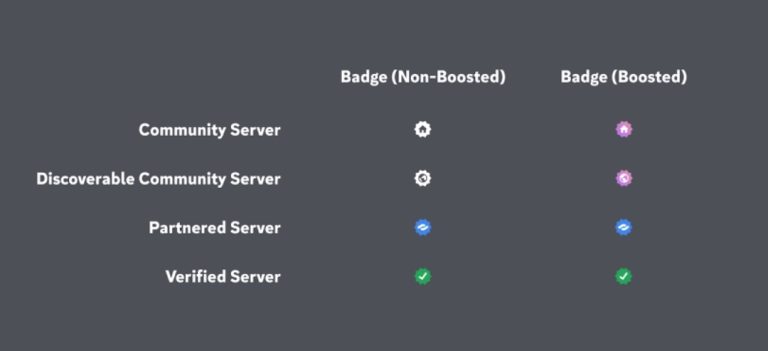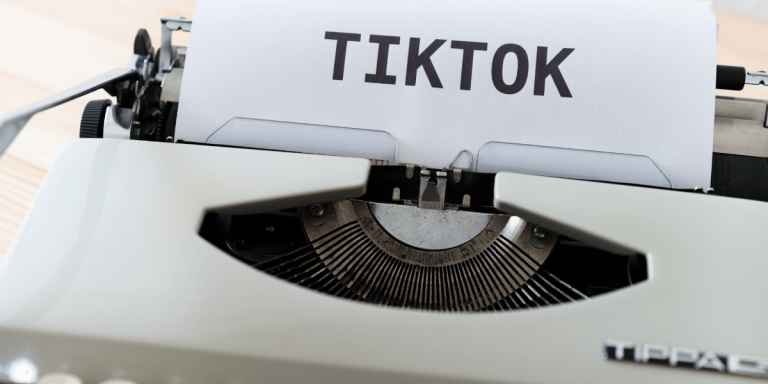Key Features to Consider When Choosing a Fiber Laser Cutting Machine
Asenqua Tech is reader-supported. When you buy through links on our site, we may earn an affiliate commission.
Fiber laser cutting machines have become an essential tool in various industries, including manufacturing, automotive, aerospace, and more. These machines offer high precision and speed, making them ideal for cutting various materials like metal, plastic, and wood. However, with so many options available in the market, choosing the right fiber laser cutting machine can be a daunting task. In this article, we will discuss the key features to consider when selecting a fiber laser cutting machine.
1. Power Output
The power output of a fiber laser cutting machine is one of the most crucial factors to consider. It determines the machine’s cutting capacity and speed. Generally, the higher the power output, the faster and thicker the material that can be cut. For example, a machine with a power output of 1000W can cut through thin metals like aluminum and stainless steel, while a machine with a power output of 6000W can cut through thick metals up to 25mm. Therefore, it is essential to assess your cutting requirements and choose a machine with the appropriate power output.
2. Cutting Area
The cutting area refers to the size of the workpiece that the fiber laser cutting machine can accommodate. It is crucial to select a machine with a cutting area that aligns with your project requirements. If you work with small or medium-sized materials, a machine with a smaller cutting area may be sufficient. However, if you handle large sheets or plates, it is advisable to invest in a machine with a larger cutting area to avoid any limitations.
3. Cutting Speed
The cutting speed of a fiber laser cutting machine is another critical feature to consider. It determines the time it takes to complete a cutting task. Faster cutting speeds can significantly increase productivity and reduce production time. The cutting speed is usually measured in meters per minute (m/min). However, it is important to note that the cutting speed may vary depending on the material and thickness being cut. It is advisable to choose a machine with adjustable cutting speeds to optimize performance for different materials.
4. Laser Source
The laser source is the heart of a fiber laser cutting machine. It generates the laser beam that is used to cut the material. There are different types of laser sources available, including Ytterbium-doped fiber lasers and CO2 lasers. Ytterbium-doped fiber lasers are the most common choice due to their high efficiency, reliability, and low maintenance requirements. CO2 lasers, on the other hand, are suitable for cutting thicker materials and offer a higher beam quality. It is essential to understand the advantages and limitations of each laser source and choose the one that best suits your cutting requirements.
5. Accuracy and Precision
Accuracy and precision are crucial factors in any cutting operation. When choosing a fiber laser cutting machine, it is important to consider its accuracy and precision capabilities. These factors are influenced by various factors, including the machine’s mechanical stability, positioning system, and control software. Look for machines that offer high repeatability and positioning accuracy to ensure consistent and precise cutting results.
6. Maintenance and Support
Regular maintenance is essential to keep a fiber laser cutting machine in optimal condition and prolong its lifespan. Before purchasing a machine, consider the maintenance requirements and costs involved. Look for machines that are easy to maintain and have readily available spare parts. Additionally, it is important to choose a reputable manufacturer or supplier that offers reliable customer support and after-sales service. This will ensure that any technical issues can be promptly addressed, minimizing downtime and maximizing productivity.
7. Safety Features
Working with laser cutting machines can be hazardous if proper safety measures are not in place. Therefore, it is crucial to choose a machine that incorporates essential safety features. Some common safety features include safety enclosures, emergency stop buttons, laser beam safety systems, and automatic shutdown in case of power failure. These features not only protect the operator but also ensure compliance with safety regulations and standards.
Conclusion
When choosing a fiber laser cutting machine, it is important to consider several key features. These include the power output, cutting area, cutting speed, laser source, accuracy and precision, maintenance and support, and safety features. Assessing your project requirements and understanding the capabilities of different machines will help you make an informed decision. Remember to choose a reputable manufacturer or supplier and consider the long-term maintenance and support options. By selecting the right fiber laser cutting machine, you can enhance your productivity, improve cutting quality, and achieve efficient and precise results in your cutting operations.







